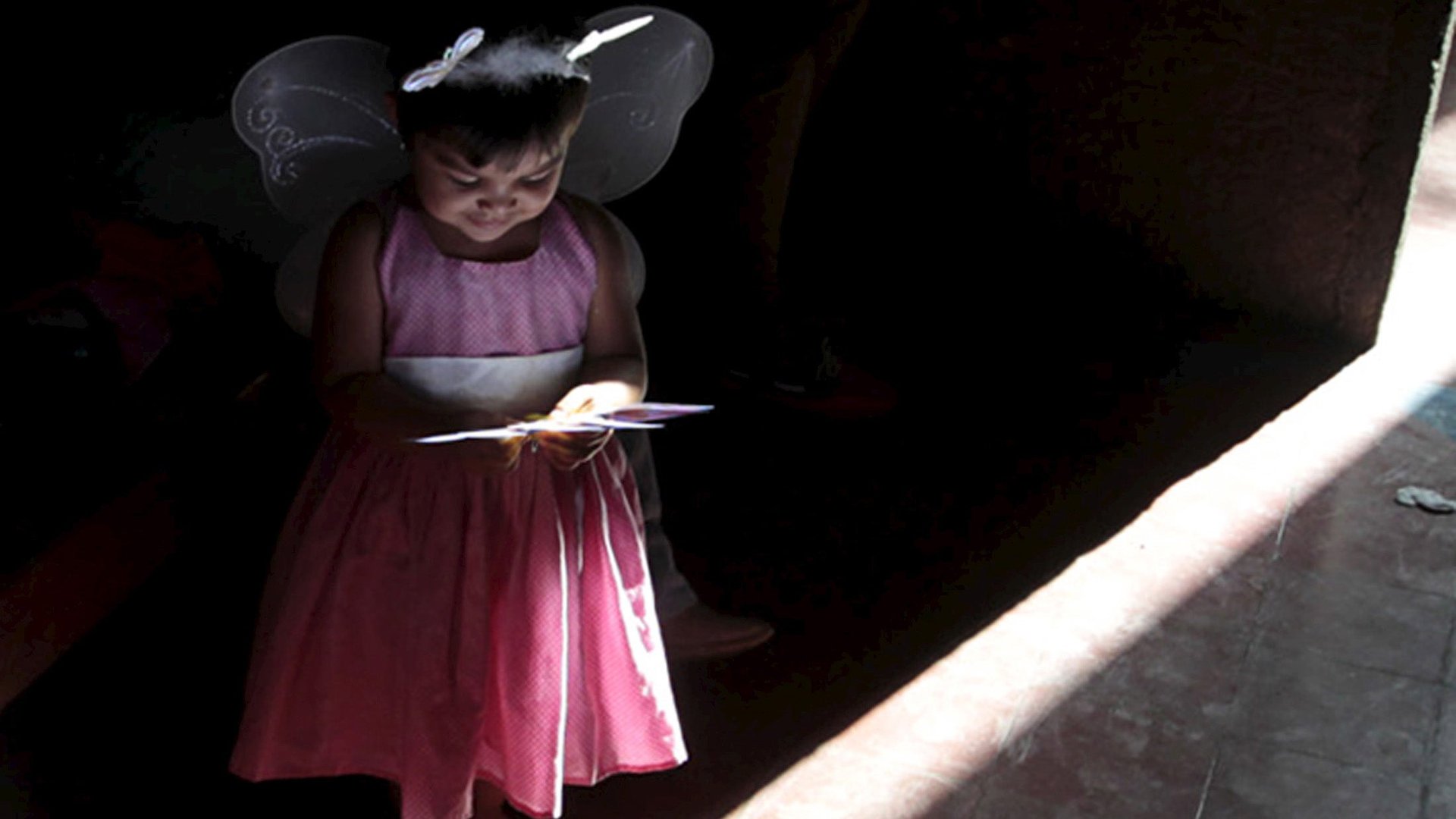Let’s face it: Live-streaming disasters doesn’t make the world a better place
I am sitting in an old house on a dirt road in the middle of nowhere surrounded by country dark and silence. Behind the glass on my computer, I watch people scatter on the streets. The sound of a helicopter is overhead and traces of light blaze down as people are strafed by bullets. A man runs, his breath catching as he jumps over a body. Some people are chanting. Some people are praying. I am live-streaming a coup in Turkey.


I am sitting in an old house on a dirt road in the middle of nowhere surrounded by country dark and silence. Behind the glass on my computer, I watch people scatter on the streets. The sound of a helicopter is overhead and traces of light blaze down as people are strafed by bullets. A man runs, his breath catching as he jumps over a body. Some people are chanting. Some people are praying. I am live-streaming a coup in Turkey.
I’ve seen horrible things as a journalist. It has always been in the service of being a conduit, making stories to place at the feet of my readers: “See This. This has happened Here.” I’ve covered school shootings and bombings, counted refugees and airstrikes, marked where bullets entered victim’s bodies, explained chemical weapons and drawn rings around radiation from a nuclear meltdown. With the exception of 9/11, where I was on the plaza when the first tower fell making notes for a diagram, I have covered all of these things from the comfort of my desk.
I’ve watched the tools we use to access the events of the world morph. Once stories were trapped in other times zones, only to be retrieved by newsrooms with the privilege of access. When transcripts from the cockpits of planes that hit the Twin Towers arrived, they were faxes, piles and piles of thin shiny paper. We transcribed terrible words that crescendoed into panic and then silence. We made a timeline and published: “See This. This has happened. Here.”
Now we all share media and images, a digitized social waterfall that can be overwhelming. As a journalist, my job has become to frame “user generated content”: images from brave souls who use smartphones to stream the aftermath of barrel bombs. Their desperation travels from cameras in shaking hands up to satellites in the stars, back down to computers everywhere. We are all more connected. It is not just me sitting in a room bearing witness.
So what do all these new tools change? The bits and bytes and cables undersea that pipe information out to Twitter and Facebook and YouTube have brought us the worst of humanity in recent weeks. Police cars with red lights pulsing outside violence in Orlando, a woman wailing as a bloodied man dies next to her in a car, revelers lying scattered along the beachfront in Nice, last night’s failed coup in Turkey and its aftermath. The images, heartbreaking, slide across our screens slippery like an oil spill, easy to access if you just log on.
The promise of social media was that we would all band together, kumbaya. Technology would make the world a better place and instantaneously allow us to see into the dark corners of the world. The revolution will be Facebook-lived.
But having a fine paintbrush does not make us all master painters. There is too much noise and not enough signal. The narrative is retold by the government. News outlets customize it to be palatable for their audiences. Journalists chase the truth. We impetuously share “See This. This has happened Here” but it hasn’t changed a thing.
We all close down our laptops, click off our smartphones and walk away.